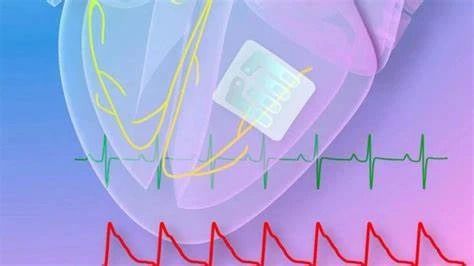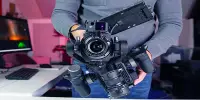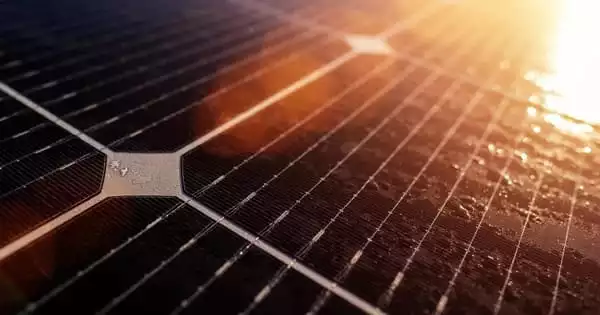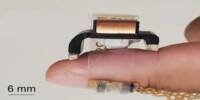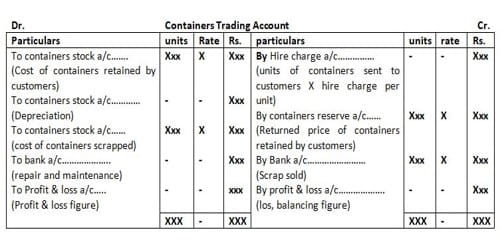A team of researchers has created a wireless gadget driven by light that can be implanted to control cardiovascular or brain function in the body. The feather-light membranes, which are thinner than a human hair, may be installed through minimally invasive surgery and have no moving parts.
Sometimes our bodies require a boost. Millions of Americans rely on pacemakers, which are little devices that regulate the electrical impulses in the heart to keep it beating normally. However, to prevent difficulties, researchers want to make these devices even smaller and less obtrusive.
A team of researchers at the University of Chicago has created a wireless gadget driven by light that may be implanted to control cardiovascular or brain function in the body. The featherlight membranes, which are thinner than a human hair, may be installed through minimally invasive surgery and have no moving parts.
The findings, published in Nature, could help lessen difficulties in heart surgery while also opening up new possibilities for future devices.
“The early experiments have been very successful, and we’re really hopeful about the future for this translational technology,” said Pengju Li, a graduate student at the University of Chicago and the paper’s first author.
In a solar cell, you want to collect as much sunlight as possible and move that energy along the cell no matter what part of the panel is struck. But for this application, you want to be able to shine a light at a very localized area and activate only that one area.
Pengju Li
‘A new frontier’
Prof. Bozhi Tian’s research has spent years inventing gadgets that can stimulate the body using technology comparable to solar cells. Photovoltaics are appealing for this purpose because they do not contain moving parts or wires that can fail or become obtrusive, which is especially advantageous in delicate tissues such as the heart. Instead of a battery, researchers merely insert a small optical cable to give electricity. However, for the best results, the scientists had to modify the device to work for biological objectives rather than the way solar cells are typically created.
“In a solar cell, you want to collect as much sunlight as possible and move that energy along the cell no matter what part of the panel is struck,” explained Li. “But for this application, you want to be able to shine a light at a very localized area and activate only that one area.”
For example, a common heart therapy is known as cardiac resynchronization therapy, where different parts of the heart are brought back into sync with precisely timed charges. In current therapies, that’s achieved with wires, which can have their own complications.
Li and the team set out to create a photovoltaic material that would only activate exactly where the light struck.

They eventually landed on a design with two layers of a silicon substance known as P-type, which responds to light by producing an electrical charge. The top layer contains many tiny pores, known as nanoporosity, which improves electrical performance and concentrates electricity while preventing it from spreading.
The end result is a thin, flexible membrane that can be put into the body using a tiny tube and an optic cable in a minimally invasive procedure. The optic fiber lights up in a particular pattern, which the membrane detects and converts into electrical impulses.
The membrane is just a single micrometer thin — about 100 times smaller than the finest human hair — and a few centimeters square. It weighs less than one fiftieth of a gram; significantly less than current state-of-the-art pacemakers, which weigh at least five grams. “The more lightweight a device is, the more comfortable it typically is for patients,” said Li.
This version of the device is intended for temporary use. Instead of undergoing more invasive surgery to remove the pacemaker, it simply dissolves over time into an innocuous chemical known as silicic acid. However, the researchers stated that the devices may be built to have varying intended lifespans, depending on how long the heart stimulation is required.
“This advancement is a game-changer in cardiac resynchronization therapy,” said Narutoshi Hibino, professor of surgery at the University of Chicago Medicine and co-corresponding author of the paper. “We’re at the cusp of a new frontier where bioelectronics can seamlessly integrate with the body’s natural functions.”
Light use
Though the first trials were conducted with heart tissue, the team said the approach could be used for neuromodulation as well — stimulating nerves in movement disorders like Parkinson’s, for example, or to treat chronic pain or other disorders. Li coined the term ‘photoelectroceuticals’ for the field.
Tian recalled the day they first tested the pacemaker on pig hearts, which are quite comparable to human hearts. “I remember that day because it worked in the very first trial,” he told me. “It’s both a miraculous achievement and a reward for our extensive efforts.”
Tian pointed out that Li’s screening method for mapping the photoelectrochemical output of diverse silicon-based materials could be useful in other sectors, such as novel battery technologies, catalysts, or photovoltaic cells.
